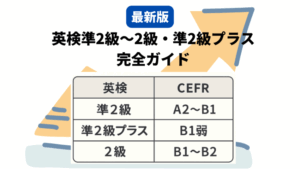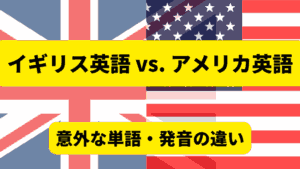
英検1級が従来型でも十分難しいのに2024年の新形式からライティングに要約問題が増えます。
書き方もわからないし、合格が更に遠のいていき打ちひしがれています。

そのようなお声、たくさん聞きます!確かに従来型でも十分難しいのに要約が加わると不安ですよね。
でも大丈夫です。従来の英作文と違い、テクニックを身につければ、自分の意見を考えたりせずに要約ができるようになるので得点源になる可能性も高いですよ。
このブログでは英検1級ライティングの要約のコツをお伝えしますので、不安な分野が得点源に変わる可能性があります!

【実は簡単】英検1級ライティング要約問題のコツ
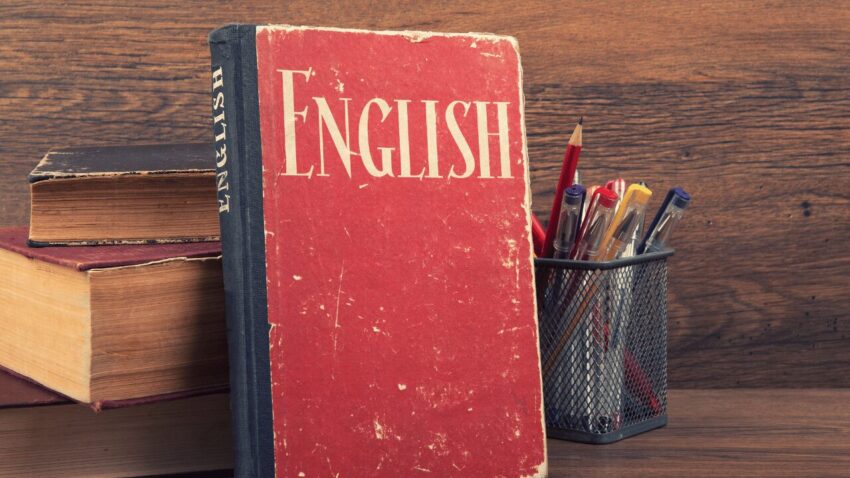

英検が以下のように変わります。

2024年6月2日の従来型英検の実施状況が英検公式ページで発表されました。
英検1級
Reading
45問→35問
◇大問1:短文の語句空所補充→3問削除(単語問題)
◇大問3:長文の内容一致洗濯→3問削除(No32-34)
Writing
◇英作文問題の出題が1題から2題に増加
◇既存の「意見論述」に加え「要約」問題出題
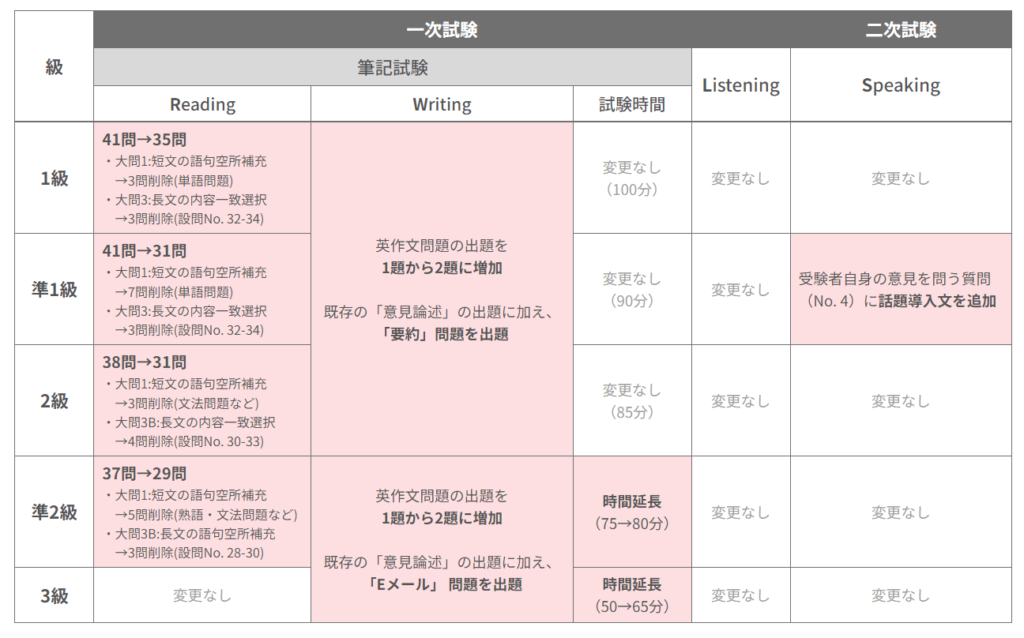
改革1.国が示す教育目標・内容の改善
○ 学習指導要領では、小・中・高等学校を通して1.各学校段階の学びを円滑に接続させる、2.「英語を使って何ができるようになるか」という観点から一貫した教育目標(4技能に係る具体的な指標の形式の目標を含む)を示す(資料参照)。(具体的な学習到達目標は各学校が設定する)。
○ 高等学校卒業時に、生涯にわたり4技能を積極的に使えるようになる英語力を身に付けることを目指す。
あわせて、生徒の英語力の目標を設定し、調査による把握・分析を行い、きめ細かな指導改善・充実、生徒の学習意欲の向上につなげる。これまでに設定されている英語力の目標(中学校卒業段階:英検3級程度以上、高等学校卒業段階:英検準2級程度~2級程度以上を達成した中高生の割合50%)だけでなく、高校生の特性・進路等に応じて、高校卒業段階で、例えば英検2級から準1級、TOEFL iBT60点前後以上等を設定し、生徒の多様な英語力の把握・分析・改善を行うことが必要。
小学校 :中学年から外国語活動を開始し、音声に慣れ親しませながら、コミュニケーション能力の素地を養う。高学年では身近なことについて基本的な表現によって「聞く」「話す」に加え、積極的に「読む」「書く」の態度の育成を含めたコミュニケーション能力の基礎を養う。そのため、学習に系統性を持たせるため教科として行うことが適当。小学校の外国語教育に係る授業時数や位置付けなどは、今後、教育課程全体の議論の中で更に専門的に検討。
中学校 :身近な話題についての理解や表現、簡単な情報交換ができるコミュニケーション能力を養う。文法訳読に偏ることなく、互いの考えや気持ちを英語で伝え合う学習を重視する。
高等学校:幅広い話題について、発表・討論・交渉など言語活動を豊富に体験し、情報や考えなどを的確に理解したり適切に伝えたりす

文部科学省の教育目標に沿った形で変更が行われます。

【英検公式】新形式英検1級ライティング要約問題と回答例

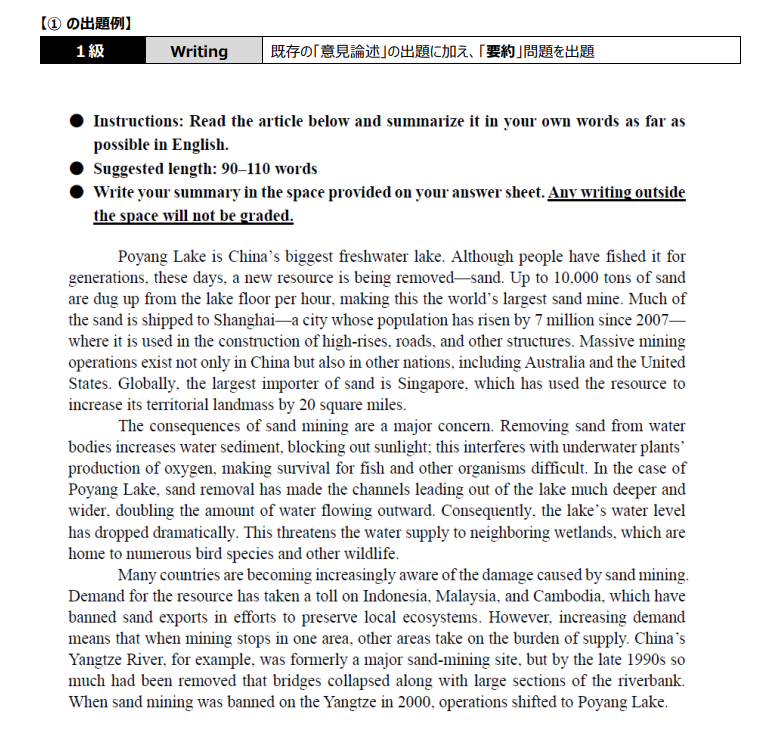
Instructions: Read the article below and summarize it in your own words as far as possible in English.
Suggested length: 90-110 words
Write your summary in the space provided on your answer sheet. Any writing outside the space will not be graded.
原文
Poyang Lake is China’s biggest freshwater lake. Although people have fished it for generations, these days, a new resource is being removed sand. Up to 10,000 tons of sand are dug up from the lake floor per hour, making this the world’s largest sand mine. Much of the sand is shipped to Shanghai—a city whose population has risen by 7 million since 2007— where it is used in the construction of high-rises, roads, and other structures. Massive mining operations exist not only in China but also in other nations, including Australia and the United States. Globally, the largest importer of sand is Singapore, which has used the resource to increase its territorial landmass by 20 square miles.
The consequences of sand mining are a major concern. Removing sand from water bodies increases water sediment, blocking out sunlight; this interferes with underwater plants” production of oxygen, making survival for fish and other organisms difficult. In the case of Poyang Lake, sand removal has made the channels leading out of the lake much deeper and wider, doubling the amount of water flowing outward. Consequently, the lake’s water level has dropped dramatically. This threatens the water supply to neighboring wetlands, which are home to numerous bird species and other wildlife.
Many countries are becoming increasingly aware of the damage caused by sand mining. Demand for the resource has taken a toll on Indonesia, Malaysia, and Cambodia, which have banned sand exports in efforts to preserve local ecosystems. However, increasing demand means that when mining stops in one area, other areas take on the burden of supply. China’s Yangtze River, for example, was formerly a major sand-mining site, but by the late 1990s so much had been removed that bridges collapsed along with large sections of the riverbank. When sand mining was banned on the Yangtze in 2000, operations shifted to Poyang Lake.

最新情報
以下は英検公式ページが2023年12月8日に出した要約例です。
要約文
Sand is being mined in large quantities from bodies of water around the world to fuel the developement of urban areas. Despite the various positive effects that may result from these activeties, sand mining also has ecological consequences that endanger the lives of various organisims. In response, some governments are trying to mitigate the harm that arises from this by enacting laws that prohibit the export of sand. Unfortunately, banning sand mining appears to only be a temporary solutions in some locations as mining operations often end up simply moving to other sites.

評価論点

観点ごとに0~8点の9段階で評価されます。
得点の満点は32点となります。非常に細かいですね。
- 内容
- 構成
- 語い
- 文法
- 内容
-
原文をそのまま書かず、具体的なものを抽象的に言い換えているか。
本文の全ての内容をちゃんと反映しているかどうか。 - 構成
-
論理的に書かれているかどうか。
追加や逆説されている部分をちゃんと反映して書かれているかどうか。 - 語彙
-
英検1級にふさわしい語彙で書かれているかどうか。
- 文法
-
冠詞に間違えていないかどうか。上級者ほど冠詞の使い方などに気を付ける。
ノンネイティブだから文法の多少のミスは仕方がないが、ミスコミュニケーションが起こらないレベルまでは仕上げていく必要あり。

要約を求められているので、自分の意見を簡潔に要点を得て表現できる能力が試されていますね。
読解の理解力とまとめる力を強化していく必要性があります。
書いた添削は以下の記事で紹介したオンライン英会話スクールの先生に添削してもらいアドバイスをもらうのが効率よく合格できる近道。

英検1級ライティング要約の原文の特徴分析

原文
Poyang Lake is China’s biggest freshwater lake. Although people have fished it for generations, these days, a new resource is being removed sand. Up to 10,000 tons of sand are dug up from the lake floor per hour, making this the world’s largest sand mine. Much of the sand is shipped to Shanghai—a city whose population has risen by 7 million since 2007— where it is used in the construction of high-rises, roads, and other structures. Massive mining operations exist not only in China but also in other nations, including Australia and the United States. Globally, the largest importer of sand is Singapore, which has used the resource to increase its territorial landmass by 20 square miles.
The consequences of sand mining are a major concern. Removing sand from water bodies increases water sediment, blocking out sunlight; this interferes with underwater plants” production of oxygen, making survival for fish and other organisms difficult. In the case of Poyang Lake, sand removal has made the channels leading out of the lake much deeper and wider, doubling the amount of water flowing outward. Consequently, the lake’s water level has dropped dramatically. This threatens the water supply to neighboring wetlands, which are home to numerous bird species and other wildlife.
Many countries are becoming increasingly aware of the damage caused by sand mining. Demand for the resource has taken a toll on Indonesia, Malaysia, and Cambodia, which have banned sand exports in efforts to preserve local ecosystems. However, increasing demand means that when mining stops in one area, other areas take on the burden of supply. China’s Yangtze River, for example, was formerly a major sand-mining site, but by the late 1990s so much had been removed that bridges collapsed along with large sections of the riverbank. When sand mining was banned on the Yangtze in 2000, operations shifted to Poyang Lake.

英検1級ライティング要約の原文の特徴です。
- 非常に長い文章
-
一つ一つのパラグラフが長く英検2級、準1級までのようにパッと見て「賛成」「反対」とわかるようにはなっていない。→しっかり読み込む必要あり。
NewsweekやTimeのように作者の言いたいことがつかみにくくなっているのが特徴。
そこが英検1級の難しいところはありますが、しっかり論理的に読み込んでいくのが大事です。 - 3パラグラフで構築されるアカデミックな英文
-
パラグラフのトピックや全体のテーマが見抜きにくくなっている。
【有料級】英検1級ライティング要約5つの手順

原文
Poyang Lake is China’s biggest freshwater lake. Although people have fished it for generations, these days, a new resource is being removed sand. Up to 10,000 tons of sand are dug up from the lake floor per hour, making this the world’s largest sand mine. Much of the sand is shipped to Shanghai—a city whose population has risen by 7 million since 2007— where it is used in the construction of high-rises, roads, and other structures. Massive mining operations exist not only in China but also in other nations, including Australia and the United States. Globally, the largest importer of sand is Singapore, which has used the resource to increase its territorial landmass by 20 square miles.
The consequences of sand mining are a major concern. Removing sand from water bodies increases water sediment, blocking out sunlight; this interferes with underwater plants” production of oxygen, making survival for fish and other organisms difficult. In the case of Poyang Lake, sand removal has made the channels leading out of the lake much deeper and wider, doubling the amount of water flowing outward. Consequently, the lake’s water level has dropped dramatically. This threatens the water supply to neighboring wetlands, which are home to numerous bird species and other wildlife.
Many countries are becoming increasingly aware of the damage caused by sand mining. Demand for the resource has taken a toll on Indonesia, Malaysia, and Cambodia, which have banned sand exports in efforts to preserve local ecosystems. However, increasing demand means that when mining stops in one area, other areas take on the burden of supply. China’s Yangtze River, for example, was formerly a major sand-mining site, but by the late 1990s so much had been removed that bridges collapsed along with large sections of the riverbank. When sand mining was banned on the Yangtze in 2000, operations shifted to Poyang Lake.
論文全体を読んで、筆者の主張を特定
※ライティングの問題だけれどもリーディング力も試されています。
4技能を融合的に試すのは最近の世界のトレンドです。
要約文はこの主張を中心にまとめる
※一つのエッセイに主張は一つ!
※全体で一番作者が言おうとしていることは何なのか。それが主張です。
主張
Sand mining can damage the local environment. Banning it in one region can only be a temporary solution.
英検1級の要約の原文は、最後まで読まないと全ての主張が捉えられないようにできています。
最後までしっかり読み込むのが大事。
具体的な用語や固有名詞は総称的な言葉や抽象的な表現に言い換える。
※例えば、「~湖」「~川」のような具体的な名前は「水源」と抽象化する。
具体的: China’s Poyang Lake, China’s Yangtze River
抽象的:water bodies(英検1級レベルの語彙で言い換える)
→英検1級レベルのアカデミックな語彙、コロケーションを貯めることは非常に重要。
英検3級のような幼稚な表現にならないように注意!
原文 第一パラグラフ
Poyang Lake is China’s biggest freshwater lake. Although people have fished it for generations, these days, a new resource is being removed sand. Up to 10,000 tons of sand are dug up from the lake floor per hour, making this the world’s largest sand mine. Much of the sand is shipped to Shanghai—a city whose population has risen by 7 million since 2007— where it is used in the construction of high-rises, roads, and other structures. Massive mining operations exist not only in China but also in other nations, including Australia and the United States. Globally, the largest importer of sand is Singapore, which has used the resource to increase its territorial landmass by 20 square miles.

上の文の黄色いアンダーラインは具体的すぎるので抽象的に言い換えると下のように凝縮されますよ。
Sand is being mined in large quantities from bodies of water around the world to fuel the developement of urban areas.

具体的だった細かい数字はlarge quantitiesと一言で言い換えられました。固有名詞はbodies of waterと言い換えられました。都市の名前はまとめてaround the world。
こういう具体的な名詞を抽象的にざっくり言い換えられるパラフレーズ力を鍛えることが大事です。
長文読解の設問の答えがパラフレーズされているものが多いので、ライティングでできるようになると長文読解にも役立ちます。
因果関係に気をつけて、本文と同じ論理的な構造を維持
主張を中心に本文の流れをシンプルに提示していく
それぞれのパラグラフの働きを見抜き、パラフレーズしていく
第一段落
湖や河川から採掘される砂が世界の様々な都市の建設のために運び出されている。
第二段落
砂の採掘は生物の生息環境を奪うなど、自然環境に悪影響を与えている。
第三段落
各国政府は法で整備して、害を抑制しようとしているが、ある場所で禁止しても採掘はほかの場所で行われる。

下が色分けしてそれぞれのパラグラフを要約したものです。
数字や具体的な名詞(固有名詞)が出てきませんね。
パラフレーズ力(語句の意味を分かりやすく別の言葉で述べること)が大事です!!
要約文
Sand is being mined in large quantities from bodies of water around the world to fuel the developement of urban areas. Despite the various positive effects that may result from these activeties, sand mining also has ecological consequences that endanger the lives of various organisims. In response, some governments are trying to mitigate the harm that arises from this by enacting laws that prohibit the export of sand. Unfortunately, banning sand mining appears to only be a temporary solutions in some locations as mining operations often end up simply moving to other sites.
冗長な情報や反復をなくし、本質的な情報に焦点を当てる
繰り返される文や類似表現をざっくりまとめることで要約を簡潔にする

生成AIを使う時は書き言葉は少々レベルが下がりますから、B2レベル(英検準1級レベル)で生成AIに文章を書いてもらい、要約練習をしてみましょう。
慣れてきたらC1(英検1級レベル)レベルでやってみるといい練習になります。
前提知識を要求せずに要約文だけを読んで筆者の主張が伝わっているかどうかを確認する。
知らない人に読んでもらってもわかるくらいしっかりした文を書く。

普段やっておくべき練習

何より大事なのが、「パラフレーズ力」つまり、語句の意味を分かりやすく別の言葉で述べること。
具体的表現を総称的、抽象的に言い換える力を磨きましょう。

論理的に英文を読む習慣を身につけましょう。文章全体の主張や各パラグラフのトピックを頭の中でまとめながら読解する練習をしましょう。
アカデミックなジャーナル、雑誌や論文を沢山読むようにすると慣れてきます。
普段の勉強は4技能相互に伸ばすことを意識するといいです。
意見を述べる時に使える厳選データリンク集

さまざまな意見を述べるために知っておきたいデータのリンク集
英検2級はさまざまなトピックについて聞かれます。
以下のデータのリンク集は意見を書く時の証拠、理由につかえますよ。
http://www.stat.go.jp/ 情報白書
http://www.soumu.go.jp/johotsusintokei/whitepaper/index.html 経産省 各種白書・報告書 http://www.meti.go.jp/report/whitepaper/index.html 文科省 統計情報 http://www.mext.go.jp/b_menu/toukei/main_b8.htm 厚生労働省 各種統計調査 https://www.mhlw.go.jp/toukei_hakusho/toukei/index.html 国土交通省 統計情報 http://www.mlit.go.jp/statistics/details/東京商工リサーチ 市場調査・産業調査

英検1級に合格しても正直、ネイティブスピーカーと話す時は、まだまだだと思って日々打ちひしがれているのが現状です。
英検が目指す4技能融合的に伸ばすというのは、英検1級合格後も非常に重要ですし、英検が目指しているところです。
それを意識して日々、勉強していくととても成果が出やすいです。

※この記事は英検公式ページから見られる安河内先生の以下のビデオを元に執筆させていただきました。
以下のビデオで先生がご説明されています。

英検1級ライティング要約まとめ


普段からニューズウィークやタイムズなどのやや筆者の主張がわかりにくい雑誌に目を通し、生の英語に触れながら、筆者が言いたいことをとらえる力を養うのが大事です。
また、英検1級レベルの語彙力でのコロケーション力を貯めておくのも要約に非常に有用です。具体的な言葉を抽象的に言い換えるとどうなるだろうと意識しながら文章を読むのもいい練習になります。
このような実力は長文読解にも役立ちますし、何より生きた英語でコミュニケーションする時に非常に有用です。
ぜひ英検1級のための勉強でなくかっこいい生きた英語を大学やビジネスで活かしているご自身をイメージして、大変な勉強を乗り切ってくださいね。










